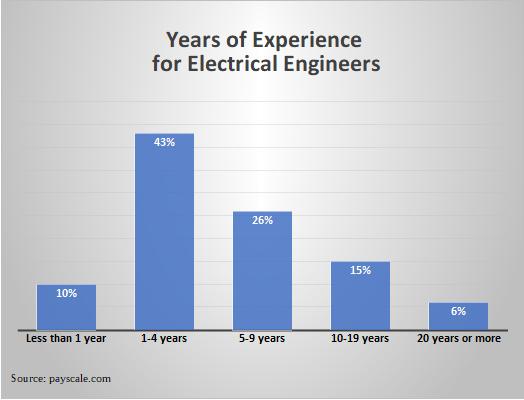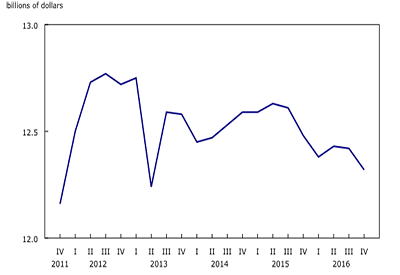Safety and Risk in Electrical Low-Voltage Installations, Part 1

July 13, 2018
By Alfred Mörx
As an indispensable basic concept for all reflections on protective technology in low‐voltage installations, the concept of security is widely recognized today as “freedom from unacceptable damage risks.”
This means that safety is freedom from every unacceptable damage risk, and enables the classification of situations as “safe” or “dangerous.” The purpose of planning and implementing low‐voltage installations is to achieve safety while excluding risks.
Since many discussions that have been held on the topic of clearly delimiting safety, and risks have been known for years in professional circles, only a few core statements will be elaborated here.
The relationship between risk and safety is represented in the figure below.

Principles of safety philosophy for low‐voltage installations and low‐voltage equipment from a technical risk perspective. Reduction of the residual risk through additional measures that lead to clearly falling below the highest acceptable risk (“limiting risk”) towards increased safety.
In practice, taking adequate measures when planning and making equipment (e.g., low‐voltage switchgear assemblies) ensures that any risk that remains after the application of protective measures is as low as possible, and under no circumstances higher than the highest acceptable risk.
This highest acceptable risk, often called “limiting risk,” must be achieved with every switchgear assembly; in this respect, all measures that contribute to achieving this limiting risk constitute minimal risk reduction measures. The requirements set forth in generally accepted technical standards define those minimal protection requirements.
This highest acceptable risk may not under any circumstances be confused with the concept of residual risk because any technician entrusted with safety‐relevant work must strive to keep the residual risk, which can never been completely excluded even when applying technical measures, well below the highest acceptable limit (i.e., as far as possible driving it in the direction of safety).
7 reasons for implementing safety precautions
There are many reasons for implementing measures in low‐voltage switchgear combinations that go beyond the highest acceptable risk in the direction of higher safety. Here are seven, based on practical experience:
• during the production, installation or maintenance in the switchgear assembly, conductive materials or assemblies may be left behind by mistake (“forgotten”)
• undetected material defects may exist or have been created during processing in the switchgear assembly.
• small animals such as mice or snakes getting into the switchgear assembly
• use of a switchgear assembly unsuitable for the application, which may lead to overheating and subsequently to internal arcing
• unsuitable operating conditions (e.g., ambient temperature, humidity)
• incorrect operation
• insufficient servicing and/or timeouts during preventative maintenance
Switchgear assemblies that only fulfil the minimum requirements are very likely to fall below the highest acceptable risk when one of the events above occurs. Additional action can reduce the extent of damage in the installations and/or business interruptions. This also applies to injuries that may be sustained by employees who work in or near the plants. As it were, the low‐voltage switchgear assemblies equipped with additional measures have some kind of “safety reserve.”
Risk and consequential damage
Reflections on the minimal residual risk that can be achieved through technical measures, especially in commercially and/or industrially used plants, must occur against the background of the possible consequential damage to be expected.
Consequential damage includes costs that arise during business interruptions. Business interruptions in manufacturing companies can arise from a number of causes (e.g., shortage of raw materials, unplanned downtime as a result of occurring malfunctions caused by mechanical, electrical or control issues).
However, consequential damage also includes costs that among other things arise as a result of an insufficiently reliable power supply (e.g., through nuisance tripping of protective equipment during storms).

Consequential damages (cost types) in the case of downtime of electrically powered production or processing plants
Without claiming to be exhaustive, major components of possible consequential damages are summarized in the chart above.
Of particular significance are business interruptions that occur as a result of a failure of power supply following damage or partial or complete destruction of the power distribution system (substation, main distribution boards and sub‐distribution boards, cables and wiring systems). The particular significance of this group of business operations is that downtime costs and additional costs strongly increase with increasing length of interruption. In many cases, short‐run servicing of the plant and the replacement of the operating equipment necessary for servicing (e.g., circuit breakers, bus systems) is not possible.
In Part 2: consequential damage and its costs.
Alfred Mörx is the owner of diam‐consult, a consulting engineering office for physics focusing on risk analysis and protective technology in complex technical systems, since 2001. He studied technical physics at the Vienna University of Technology. As an expert for basic electrotechnical safety matters, he has been working in national, European, and international teams in the area of safe electricity application for more than 25 years; www.diamcons.com; am@diamcons.com. This article was previously published as an Eaton white paper:
www.eaton.eu/ecm/groups/public/@pub/@europe/@electrical/documents/content/pct_1595882.pdf
















